Yeojingop (여진곱)
920.1M 2021-03-19
430, Samil-daero, Jongno-gu, Seoul
+82-2-762-5157
A gopchang (intestine) restaurant located near Nakwon Music Mall. The best menu at this restaurant is beef small intestine hot pot/pork small intestine hot pot. This is a Korean cuisine located in Jongno, Seoul.
Insadong Maneul Bossam (인사동마늘보쌈)
924.8M 2021-03-19
12-5, Insadong 8-gil, Jongno-gu, Seoul
+82-2-735-7885
This is a Korean cuisine located in Insa-dong, Seoul. It is located at Ssamji-gil in Insa-dong. The representative menu is napa wraps with pork and garlic.
Paju Gamaksan - Daehangro Branch (파주감악산 대학로)
925.7M 2021-03-19
4, Daehak-ro 12-gil, Jongno-gu, Seoul
+82-2-747-7274
A meat restaurant that is the ideal meeting place. The most famous menu is grilled Korean beef sirloin. A barbecue specialty restaurant located in Daehak-ro, Seoul.
CAFÉ L.vin (카페엘빈)
925.3M 2021-03-30
271-1, Changgyeonggung-ro, Jongno-gu, Seoul
+82-2-763-7564
This is a place with terrace seats. This cafe is located in Jongno-gu, Seoul. The most famous menu is americano.
Choedaegamne (최대감네)
927.4M 2020-06-01
12-3, Insadong 8-gil, Jongno-gu, Seoul
+82-2-733-9355
Choedaegamne is a traditional restaurant with a cozy garden and a pond. It is located at the end of the alley next to Inside Plaza. At this famous restaurant located in Insa-dong, a traditional interior is enhanced by the date trees planted in between tables. Various dishes are available such as Ssambapjeongshik with organic vegetables, beef shabu shabu using beef stock and fresh tender galbi (ribs) which are purchased daily.
Gaeseong Mandu Koong (개성만두 궁)
936.9M 2021-03-24
11-3, Insadong 10-gil, Jongno-gu, Seoul
+82-2-733-9240
Gaeseong Mandu Koong has served Gaeseong-style mandu (dumplings) for more than 30 years. The elderly proprietor, who fled south during the Korean War runs this restaurant with the help of her granddaughters. Characterized by its delicate taste, Gaeseong mandu stuffing consists of pork and various vegetables such as Chinese cabbage and pumpkin. This restaurant's mandu is so popular that it sometimes gets sold out even before evening. Typical menu includes mandu-jeongol (hot pot) and mandu-guk (soup). The hot pot is made of various ingredients including mandu, rice cakes, mushrooms, and meat, and serves two to three persons. For several persons, it's recommended to eat bossam (boiled meat slices wrapped in lettuce leaves or kimchi) and Korean-style pancakes.
Sanchon (산촌)
936.7M 2019-06-13
30-13, Insadong-gil, Jongno-gu, Seoul
+82-2-735-0312
Founded and opened by Monk Jeongsan,
Sanchon is a
vegan-friendly restaurant that mainly serves temple foods. The
dishes found here are a results of Kim Yun-sik, who was inspired
by the simple, clean and healthy diet that a Buddhist practitioner taught
him years ago. Now, being a top authority on vegetarian
food in Korea, Kim Yun-sik helped perfect the standard and quality of
temple food.
The dishes are made with all natural ingredients such as vegetables and mountain herbs, and are cooked without chemical additives. The actual dishes served vary by season, and in order to meet the tastes of the general public, the
restaurant includes "five spices" (garlic, shallots, mountain leeks, etc.), which monks are typically not allowed to eat. Those who would like their food without these ingredients are asked to make their request at least one day prior to visiting.
Sadongmyeonok (사동면옥)
936.4M 2021-12-17
9, Insadong, 8-gil, Jongno-gu, Seoul
+82-2-735-7393
A store with over 35 years’ experience that sells Hwanghaedo-style dumplings. The best menu at this restaurant is dumpling hot pot. This Korean dishes restaurant is located in Jongno-gu, Seoul.
Café Moon (달 카페)
939.6M 2019-12-23
94-1, Samcheong-ro, Jongno-gu, Seoul
+82-2-735-7355
Café Moon has a trendy interior design and includes a realistic 'moon' mounted on one of the walls. The inside and outside of the café are decorated with hanok designs, designs of traditional Korean houses. The inner courtyard of the grounds is often the stage for a variety of parties and music performances held throughout the year. From the late spring into fall, Café Moon holds musical performances of traditional instruments from around the world. The diners enjoying their meals next to the courtyard need only slide the windows open to let in the beautiful melodies.
Kkotbabe Pida (꽃밥에피다)
942.3M 2021-03-26
3-6, Insadong 16-gil, Jongno-gu, Seoul
+82-2-732-0276
It is a 2021 Michelin Guide restaurant. This restaurant's signature menu is bibimbap. This Korean dishes restaurant is located in Jongno-gu, Seoul.
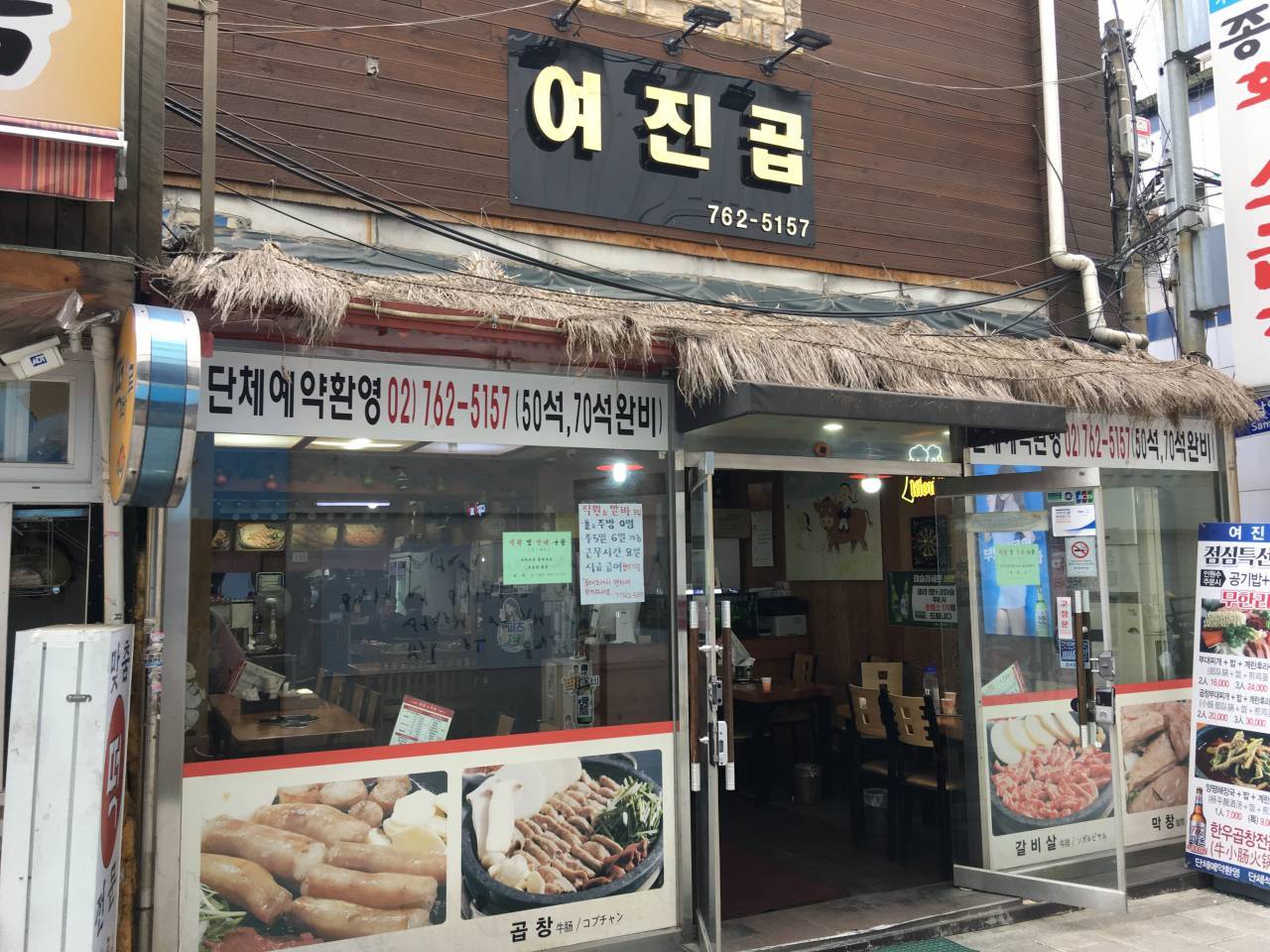
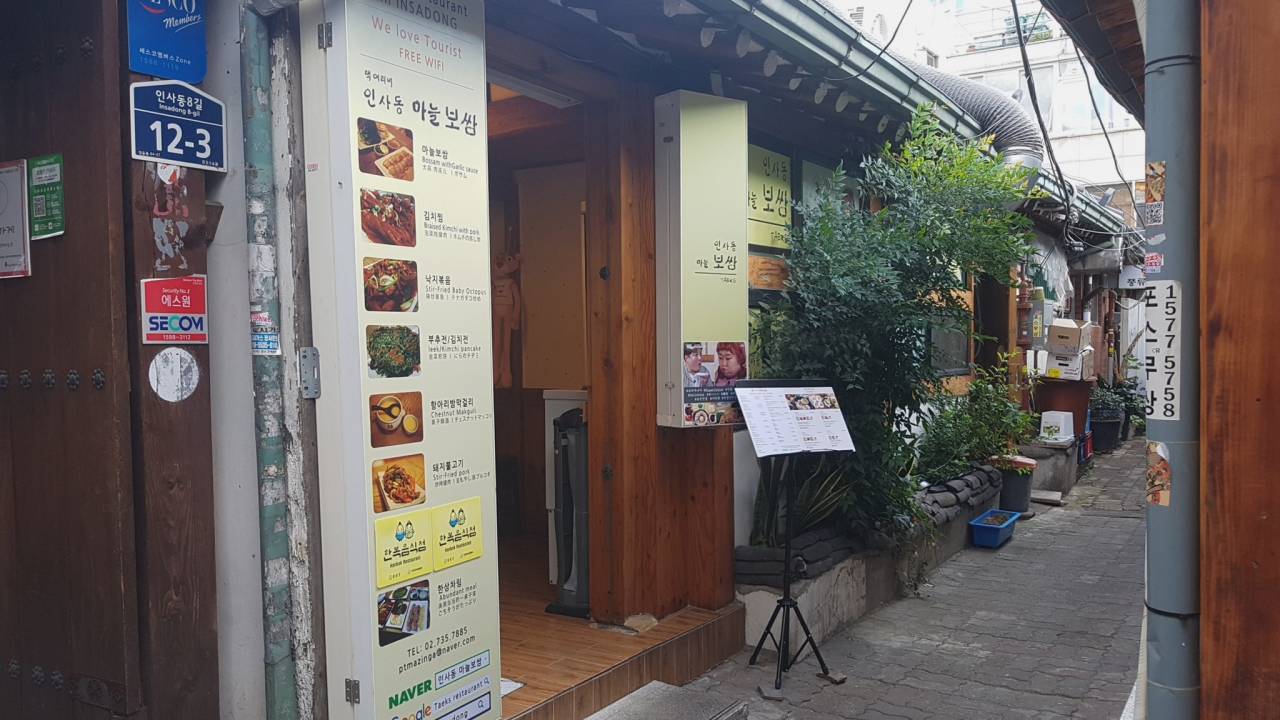
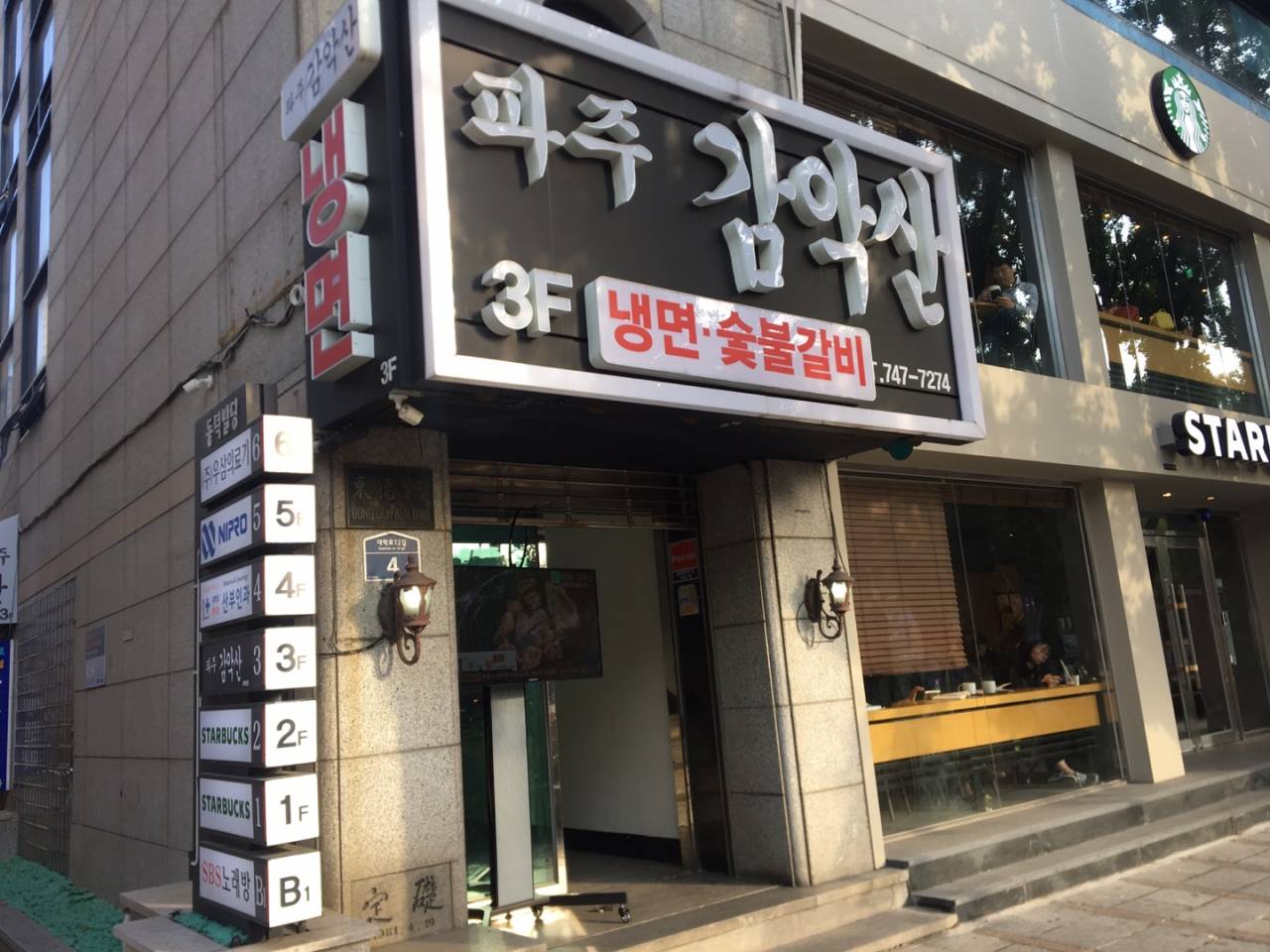
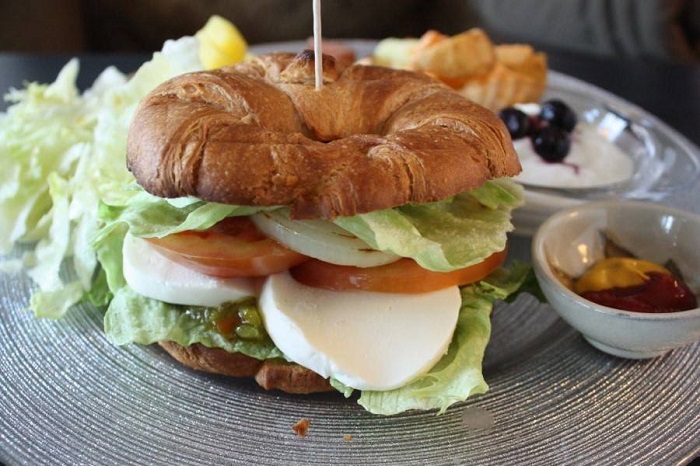
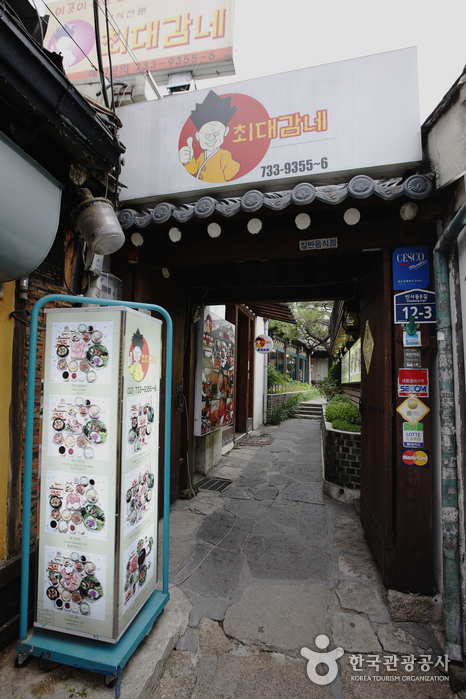
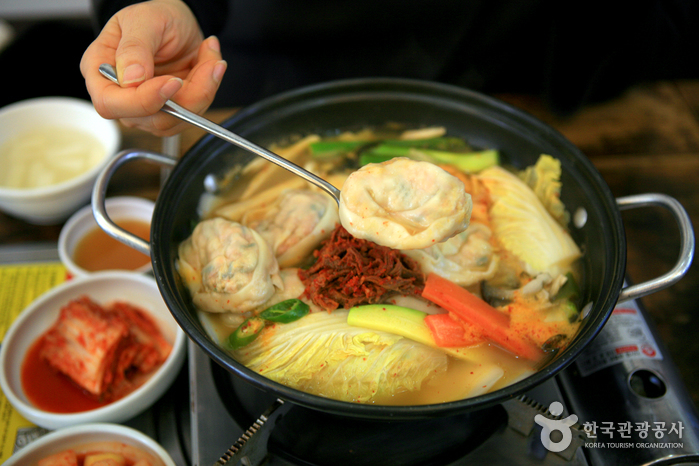
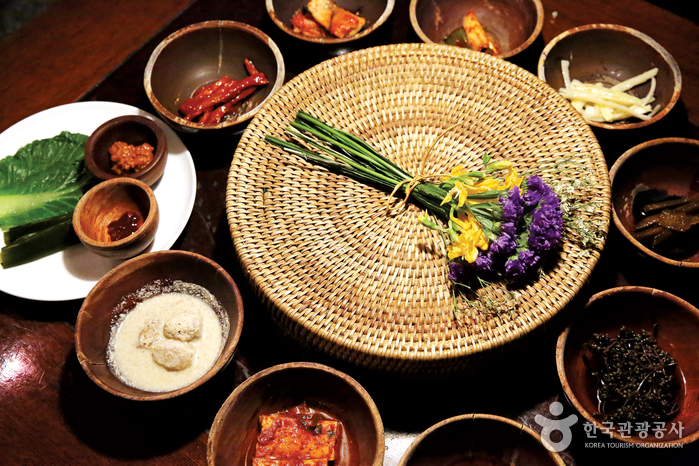

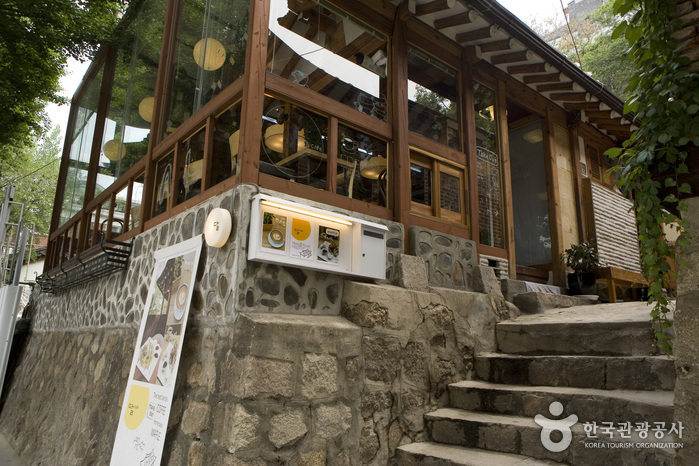
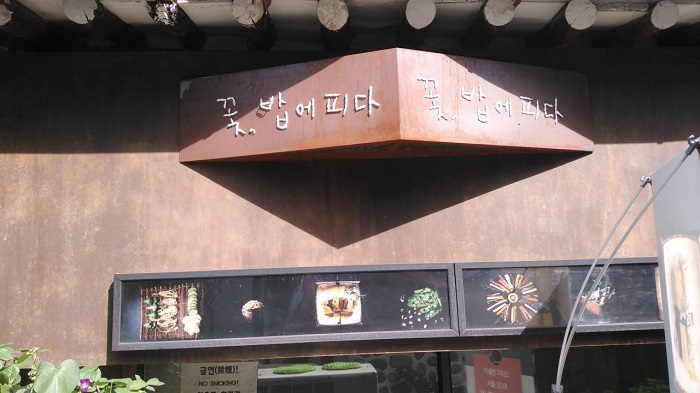
 Español
Español
 한국어
한국어 English
English 日本語
日本語 中文(简体)
中文(简体) Deutsch
Deutsch Français
Français Русский
Русский